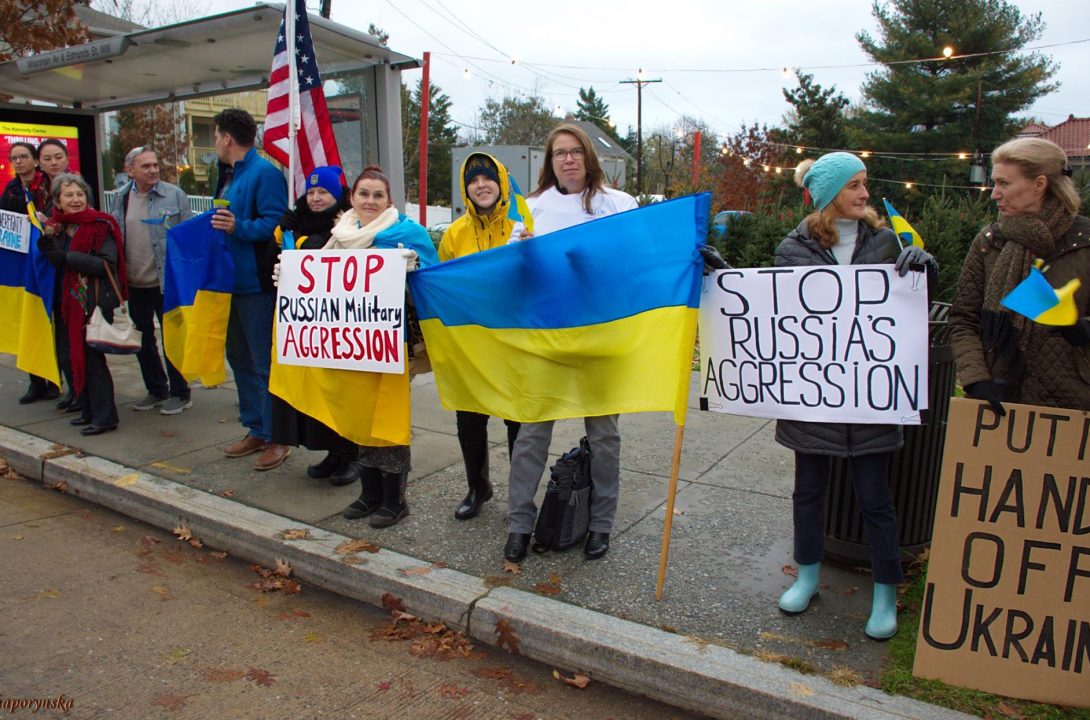Black Ribbon Day commemorated August 23
August 25, 2014JBANC Hosts Capitol Hill Event for Visiting Future Baltic Leaders
August 21, 2015REMEMBERING THE DEADLY BALTIC DEPORTATIONS
BY KARL ALTAU
JUNE 23, 2015
*NEARLY 50,000 CITIZENS OF THE BALTIC COUNTRIES WERE SENT TO THE GULAG IN JUNE 1941
*THOUSANDS OF THOSE DEPORTED DIED ON THEIR WAY TO THE GULAGS
This June, we remember the mass deportations conducted by the Soviet Union in the occupied Baltic countries during World War II. June 14, 1941, marked the beginning of one of the largest mass deportations ever carried out by a communist regime, and the month of June serves as an annual time of mourning for these victims of communism.
The origins of the deportation stem from the Molotov-Ribbentrop pact signed on August 23, 1939, by Nazi Germany and the Soviet Union. This agreement cleared the way for Germany to invade Poland, and allowed the USSR to establish a Soviet “sphere of influence” in Eastern European countries which included Estonia, Latvia, and Lithuania.
By June 1940, the Soviet Union had invaded and occupied Estonia, Latvia, and Lithuania, immediately implementing a reign of repression and terror. The NKVD began by registering and tracking anti-Soviet elements and soon after, the Soviets started conducting arrests, deportations and executions. Their main objective was to eliminate the nation’s cultural, business, political, and military elite.
After the Baltic countries were illegally annexed and incorporated into the Soviet Union in August 1940, the Kremlin sought to suppress any possible resistance to Soviet rule. In May 1941, official instructions were issued to the NKVD to exterminate active persons, including those belonging to former government, military, police, political and voluntary state defense organizations, along with those in student organizations, anti-Soviet groups, foreign companies, and also Russian immigrants and other minorities in Estonia, among others. The top secret “Directive on the Deportation of the Socially Alien Element from the Baltic Republics, Western Ukraine, Western Belorussia, and Moldavia,” declared Soviet enemies to be “under arrest or subject to deportation without any legal process.”
It is important to note that the United States and other countries refused to recognize the legitimacy of Soviet control over Estonia, Latvia, and Lithuania. The U.S. policy of non-recognition, issued on July 23, 1940 (the “Welles Declaration”), underscored support for Baltic sovereignty, territorial integrity, and international law, and remained in force for half a century.
On June 14, 1941 the USSR began its first massive deportation, which lasted four days. During this state-sponsored operation, Soviet armed groups targeted houses and silently removed residents, including children, and the elderly. Some were shot on the spot. The rest were loaded into trains bound for Siberia, to the Russian Gulags.
In Estonia, the country’s first deportations targeted the national elite. Over 10,000 Estonians were deported from June 14 to 17. Over 7,000 of them were women, children and the elderly. By the end of the deportations, more than three percent of the Estonian population had been sent to Siberia.
The Latvian State Archives list more than 15,400 people who were deported from Latvia between June 14 – 17.
On June 14, approximately 17,500 Lithuanians were deported. Forty percent of those were under 16 years old.
In all, nearly 50,000 citizens of the Baltic countries were sent to the Gulag in June 1941. Some estimates put that number as high as 65,000 victims.
Thousands of those deported died on their way to the Gulags. Those who survived were left to live a hard life; most perished there, and a smaller number were released and allowed to return home. This was all kept secret by the Soviets. There were no newspaper or radio reports about these crimes. The Kremlin orchestrated a far-reaching disinformation and censorship campaign throughout the Baltics to keep news of their criminal actions from spreading.
The deportations in the Baltics were interrupted by the German invasion against the Soviet Union. Many of the countries that belonged to the Soviet sphere saw this battle between totalitarian powers as an opportunity to gain back their independence – Nazi propaganda from that time claimed that Wehrmacht forces were fighting to free the Baltic people from Soviet oppression. From June 22 to June 28, Lithuania, Hungary, and Romania all saw anti-Soviet uprisings. However, no sooner had the Soviets been expelled than the Nazis took over, replacing one brutal foreign occupying force with another.
Nazi rule over Lithuania, Latvia, and Estonia lasted three years. The Soviets re-occupied the Baltic countries in 1944, and forcibly re-annexed those countries. In March 1949, the Kremlin organized a second and even more massive deportation of Baltic citizens to the Gulags.
It was not until after Stalin’s death that Soviet Premier Nikita Khrushchev in 1956 allowed the release of millions of Gulag prisoners, including most Baltic peoples still living in exile. Less than half of those deported ever returned to their homeland.
More than 200,000 people were deported from the Baltics between 1940 and 1953, a criminal legacy of Soviet rule that is today considered a crime against humanity by the European Court of Human Rights and others. As a revisionist Russian government today menaces the region, including the Baltic countries, memories of this painful period remain vivid. This month we remember the victims of Soviet deportation – men, women, and children – and honor their sacrifices.
**************
Karl Altau
Managing Director
Joint Baltic American National Committee, Inc.



